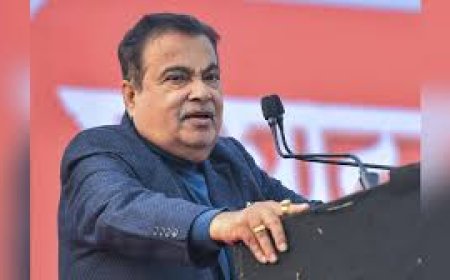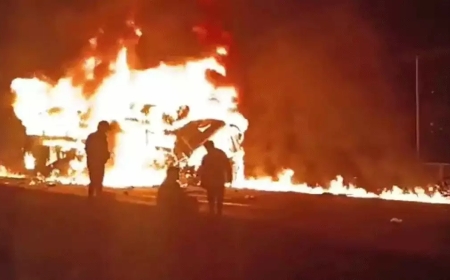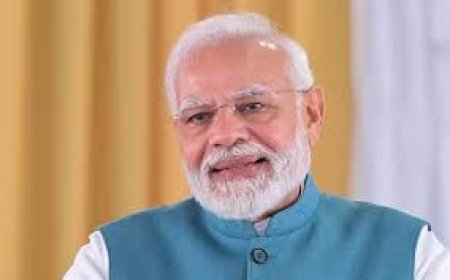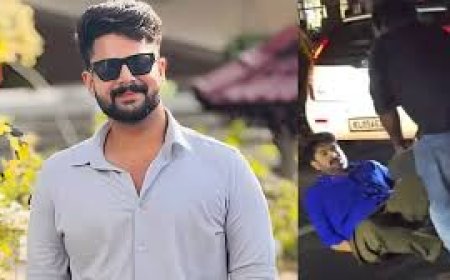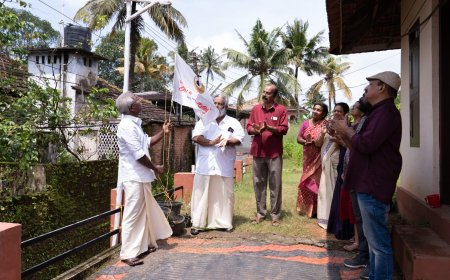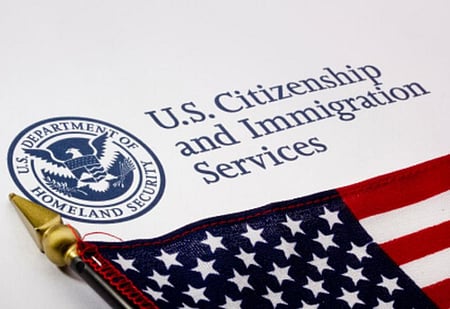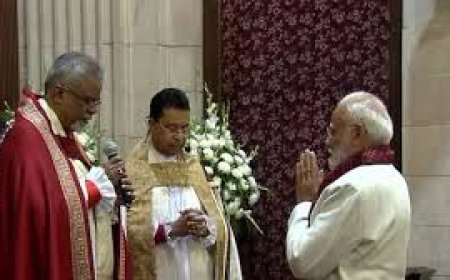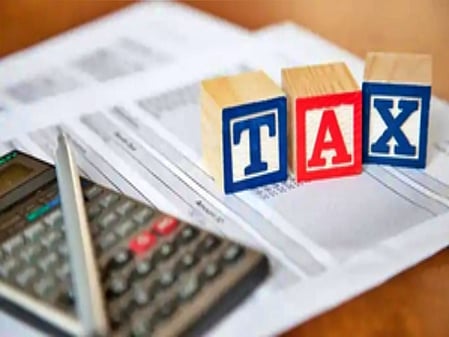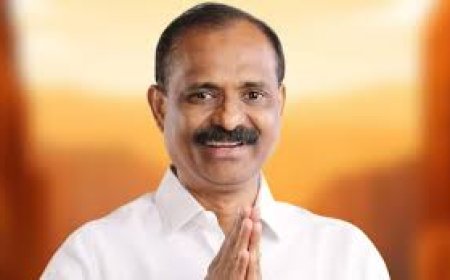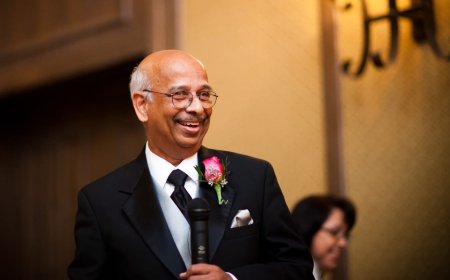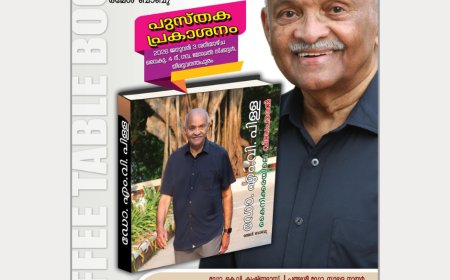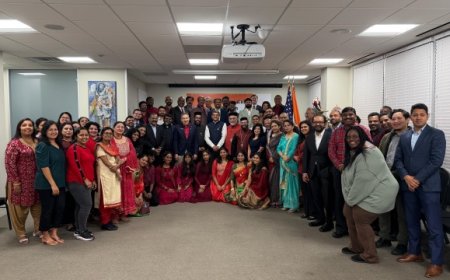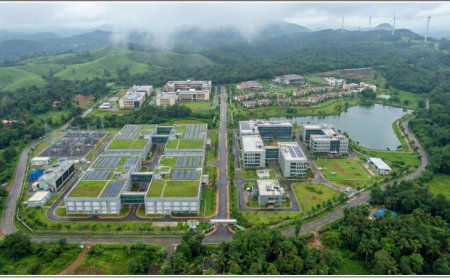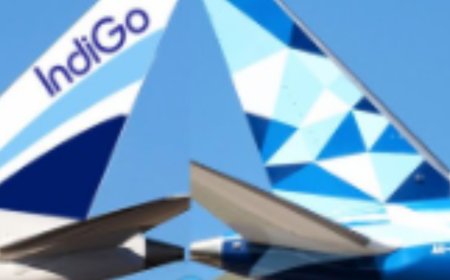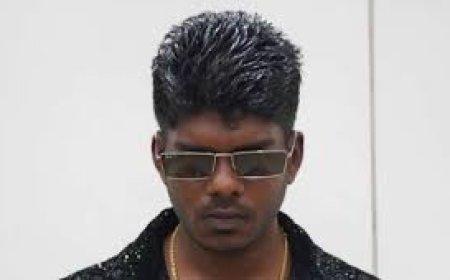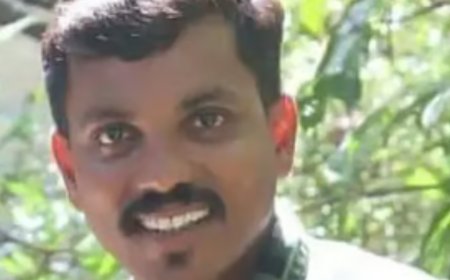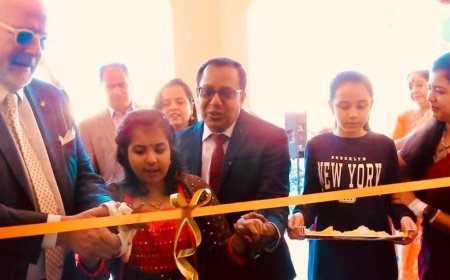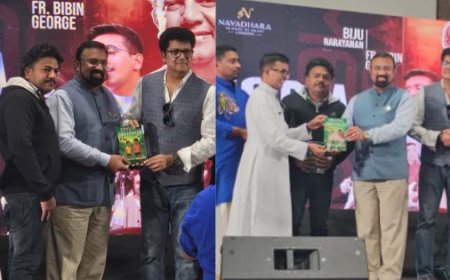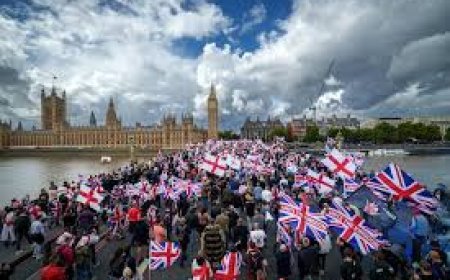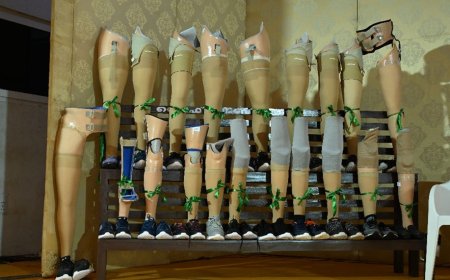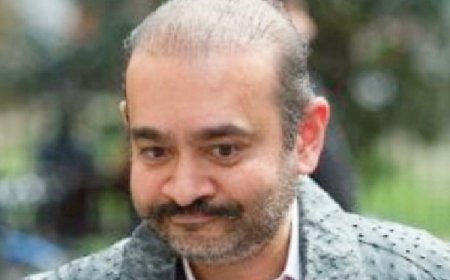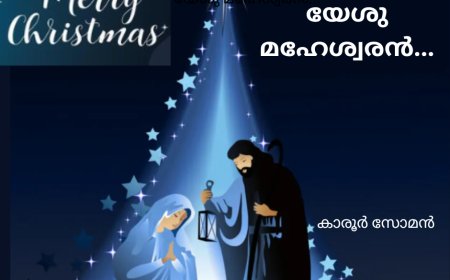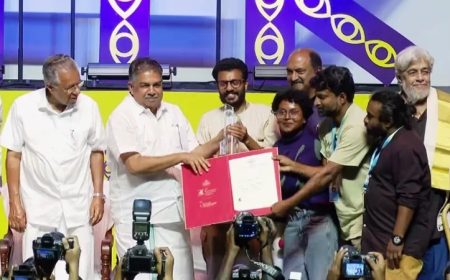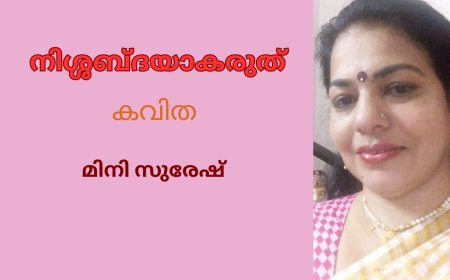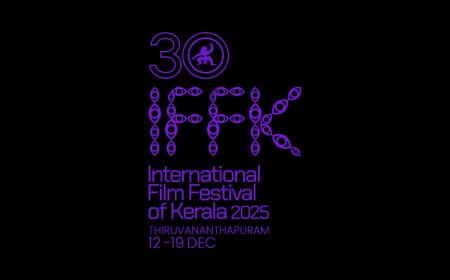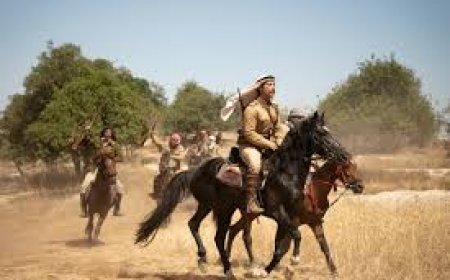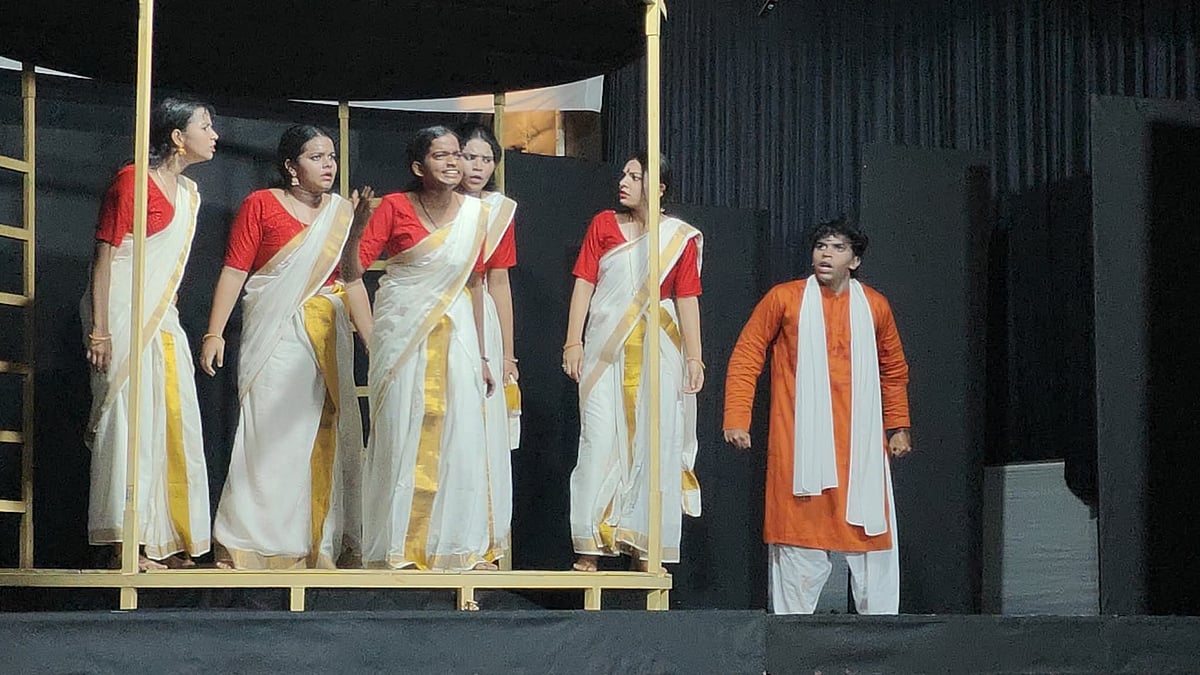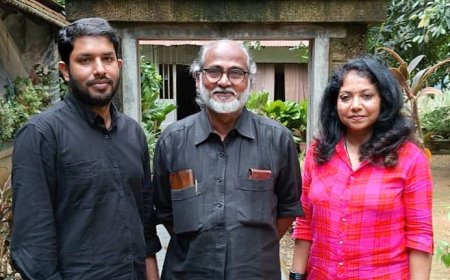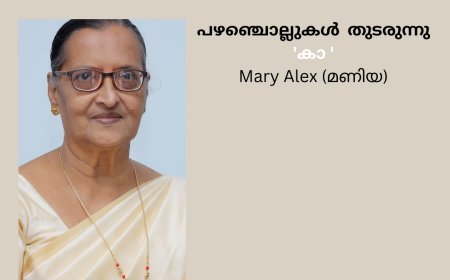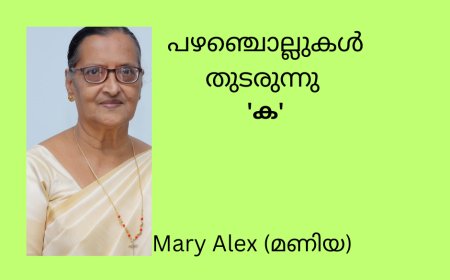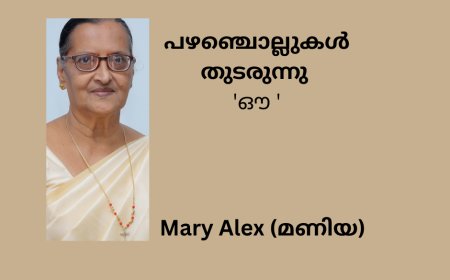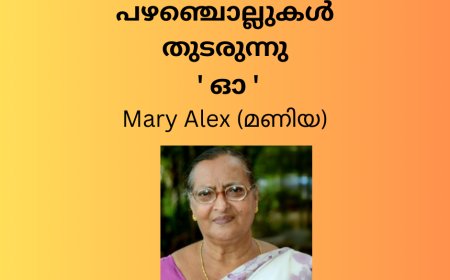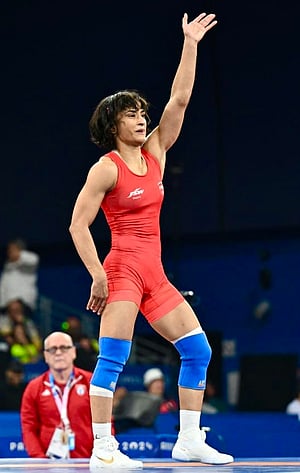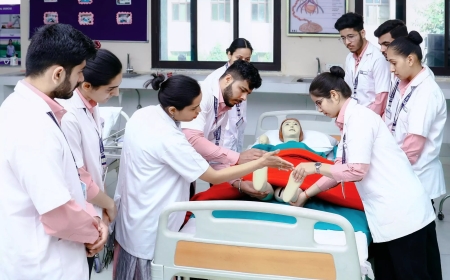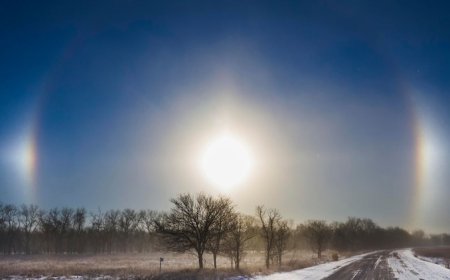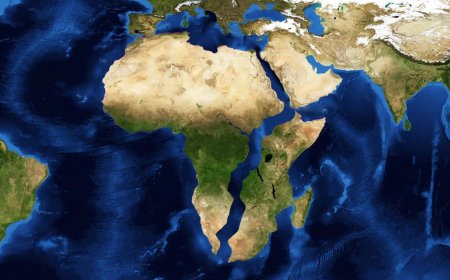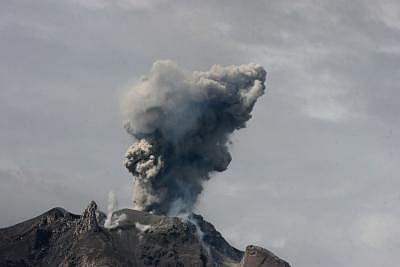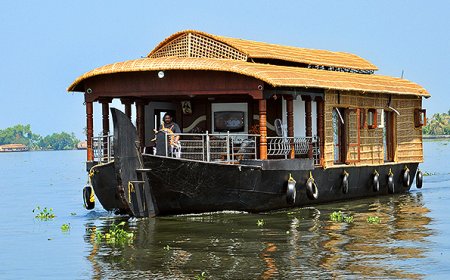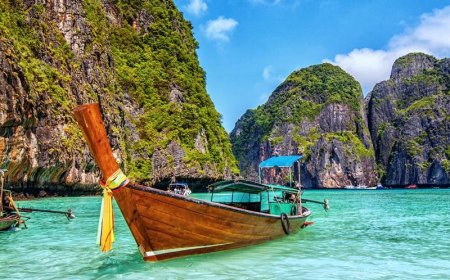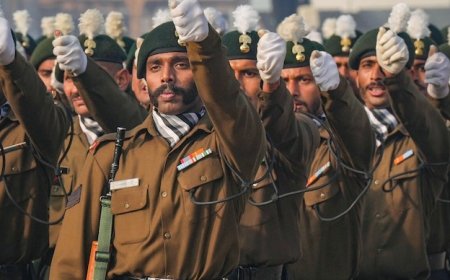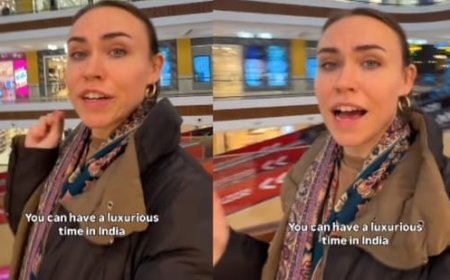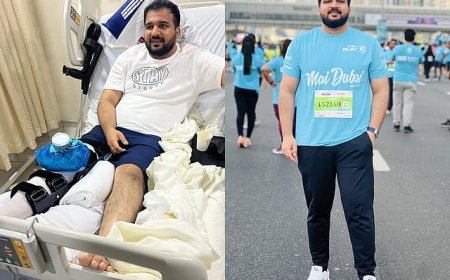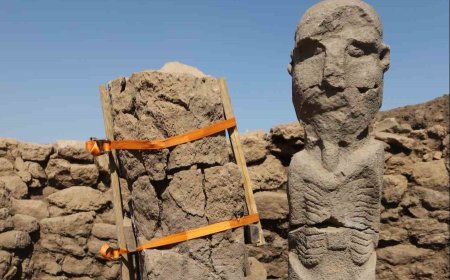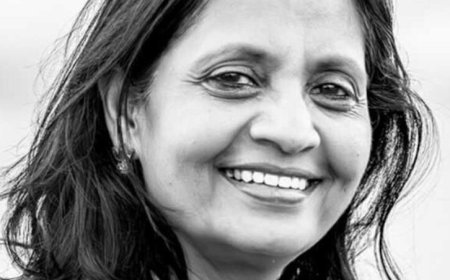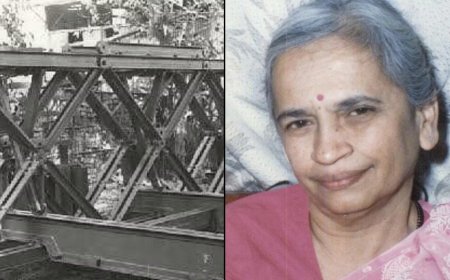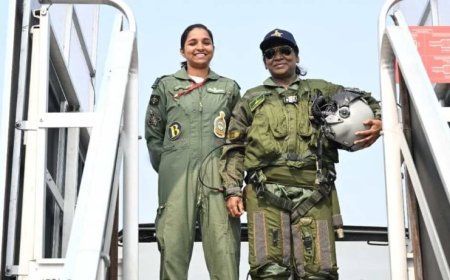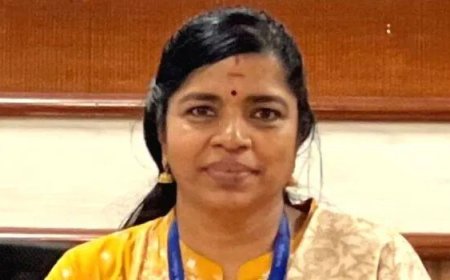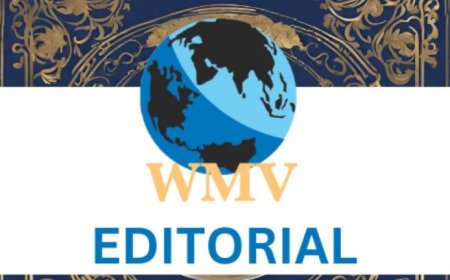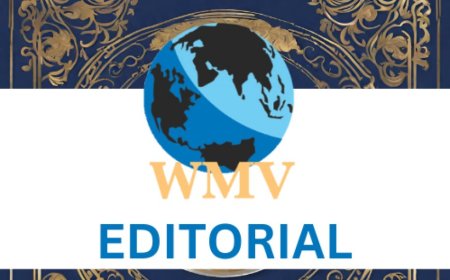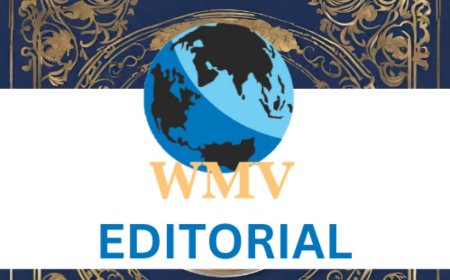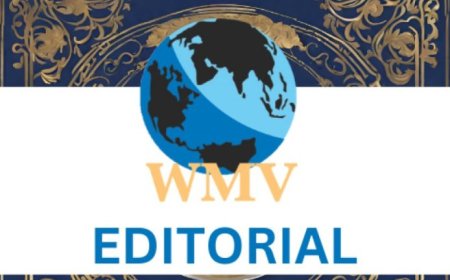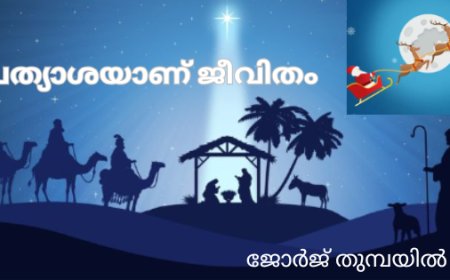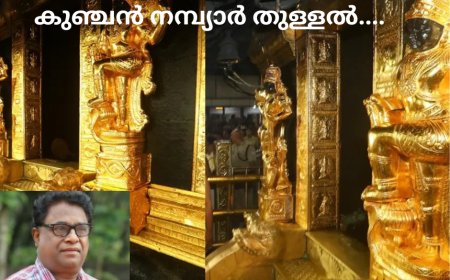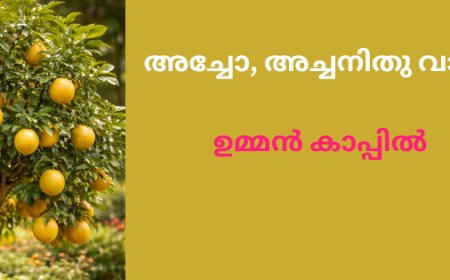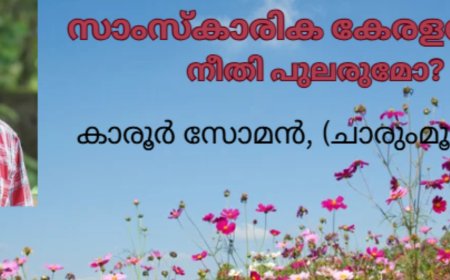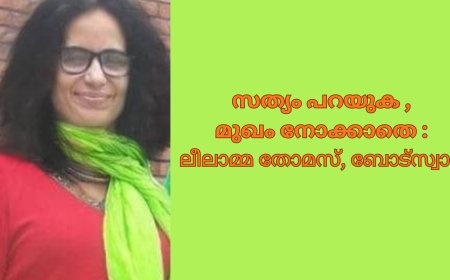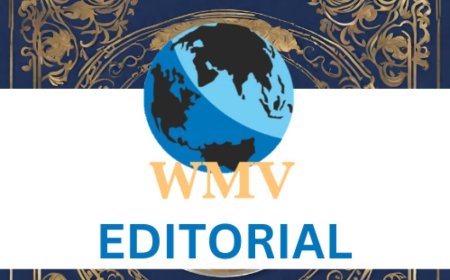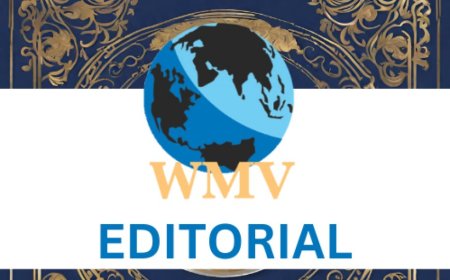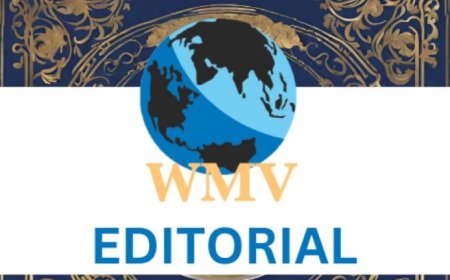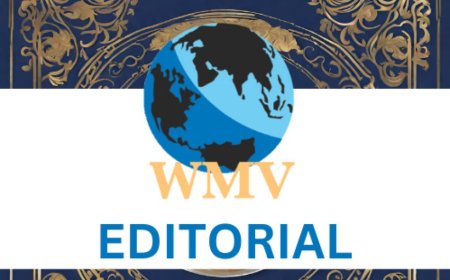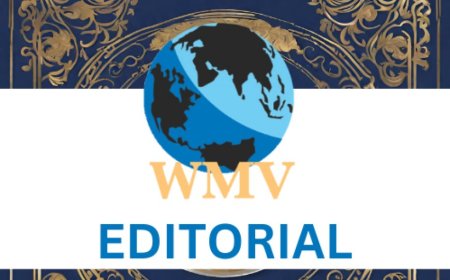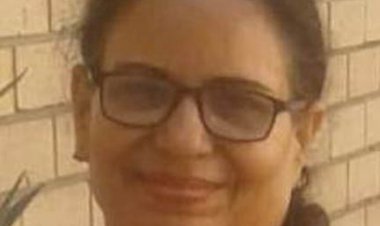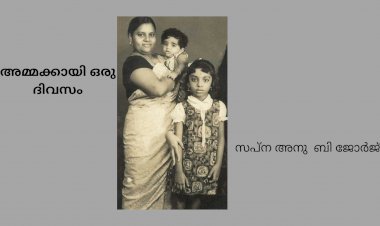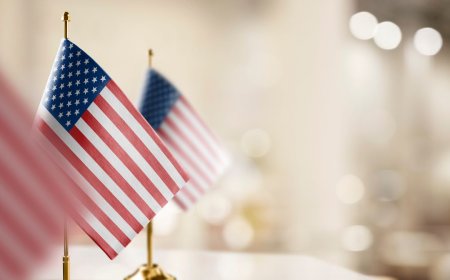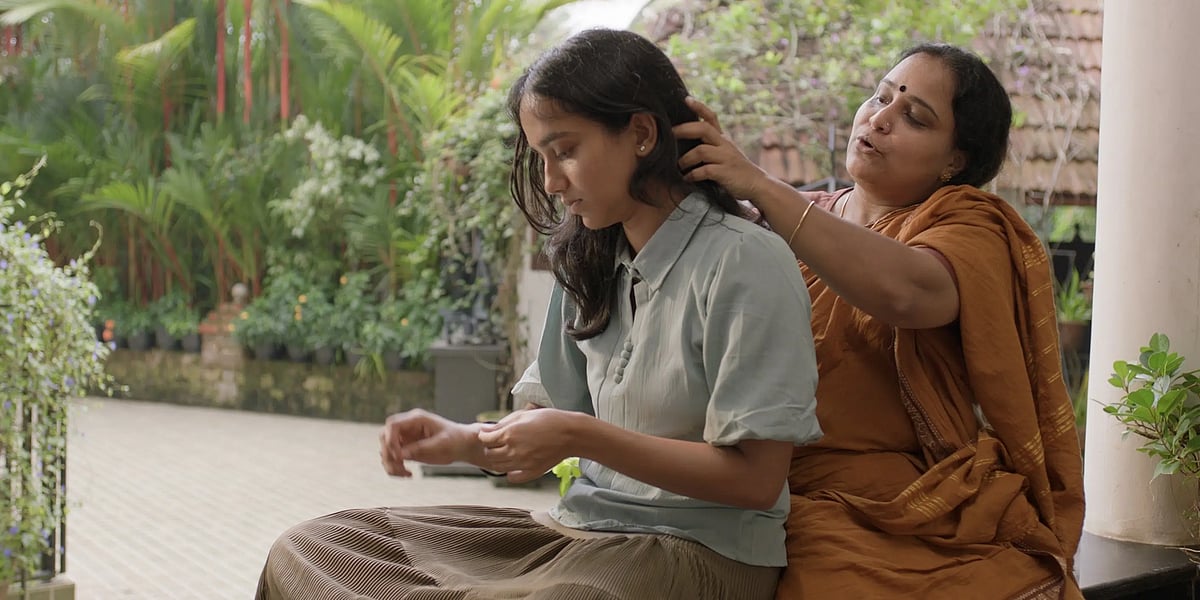First and new generation Malayalees abroad
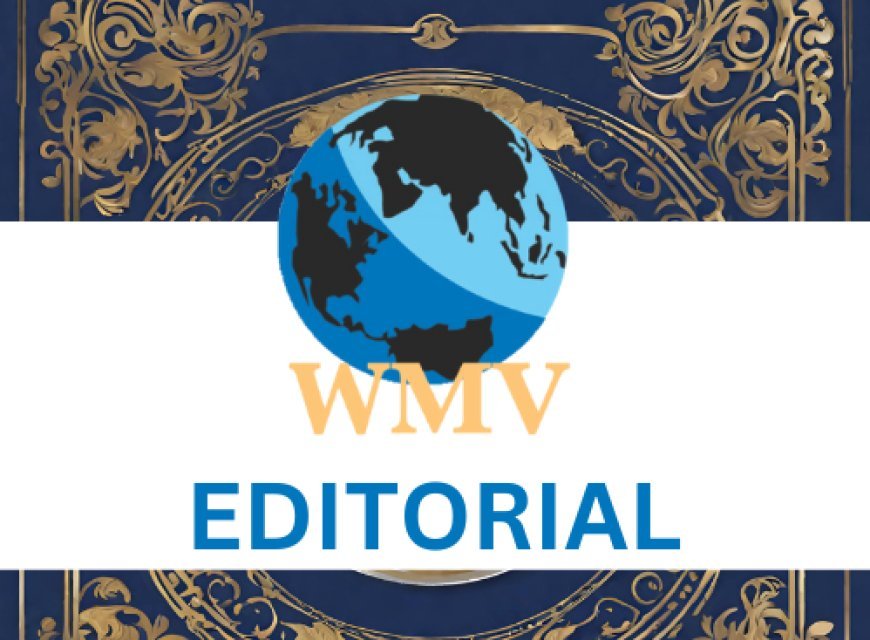
MIGRATION of Malayalees on a large scale to the USA started in the early 1970s, mostly nurses, doctors and engineers even though many came on student and exchange visas in the sixties and a few before that.
Those who came as migrants received green cards or permanent residence visas. After five years’ stay as permanent residents, one is eligible to apply for US citizenship. Almost everybody who came here as a permanent resident became US citizens.
Once you are a US citizen, you can sponsor your brothers and sisters and their unmarried children and parents to become permanent residents under the Family Unification Act. These people once become citizens after five years sponsor their families, married children and their children.
By 1980s, the flow of Malayalee migrants doubled and by the 1990s, it tripled. In the meantime, more nurses came as immigrants along with a lot of computer professionals on H1 Visa and many religious people on R1 Visa. They also became permanent residents and later citizens and sponsored their families. By the 2000s, the Malayalee population further increased.
It is estimated that there are 700,000 (7 lakhs) Malayalees in USA now, third and fourth generations. Migration to Canada also happened at the same time and about 100,000 (1 lakh) Malayalees are there. This is the story in Germany, Austria, Switzerland, UK, Ireland and other countries in Europe. Later similar migration started to Australia and New Zealand.
In the last editorial with the title Long Live Malayalees, I wrote about the new generation Malayalees growing up in foreign countries and the need to encourage them to keep their Malayalee identity and heritage. These first-generation Malayalees I am talking about today are the forefathers of the new generation abroad and they had the double responsibility of helping their family back in Kerala or India while bringing up a family in a new land of their choice. They also had the responsibility to transfer their Malayalee identity and heritage to the new generation. How did they do it? What is the outcome of it? Was there any default? Let us analyze.
Almost everybody carried out their responsibility of helping their family back in Kerala or India. They helped them financially a lot, helped build new homes, help educate others in the family and brought the immediate family to their adopted land. This phenomenon totally changed Kerala. A lot of money poured into Kerala and foreign exchange for India.
Quality of life for many families changed. New educational institutions were started and helped develop tourism industry in Kerala through investment by foreign Malayalees. By helping more Malayalees to migrate by these first-generation people, the flow of foreign money further increased resulting in a better quality of life for the people of Kerala. One of the biggest beneficiaries of these Malayalee migrants are the religious institutions in Kerala, especially Christian churches.
The churches grew to many churches, expanded to Diocese, sending bishops and priests from Kerala and acquired a lot of wealth in many foreign countries resulting in transferring chunks of money to their Kerala headquarters. The first generation Malayalees contributed their time and money for the development and expansion of church activities. Their contributions were never recognized by the churches.
Another area the first-generation Malayalee worked is in the formation of cultural organizations, like Kerala and Malayalee Associations, Cultural and Literary Societies and later Federations of Kerala and Malayalee Associations. The purpose of these Associations and Federations is to uphold and preserve the Malayalee language and culture. They are very successful in doing so among their generation but mostly failed to transfer it to the next generation.
Many of this first generation have been bidding farewell to us as the second and third and even fourth-generation Malayalees are blossoming in these countries.
Two countries I did not mention so far are Singapore and Malaysia where Malayalee migration started in the 1920s and they also went through the same phenomenon and now reached fifth and sixth generations, except that many returned to Kerala and settled.
Very few first-generation migrants to the USA, Canada, Germany, UK, Australia and Ireland went back to Kerala to live. When they first migrated, their dream was to return to Kerala at some point and settle. That is because life in these countries is better and the children settled and adopted the foreign land to their parents as their own land. Most people migrated to African countries retuned even though children settled in countries like South Africa.
I call these first-generation Malayalees, including me, the lost generation as we left Kerala as young adults looking for a better job and life, built a good life for ourselves and our children, do not want to come back and settle in Kerala even though they constantly visit and spend time with family and friends. We either do not belong to our native land or to the adopted land.
While trying to hold on to the Malayalee culture and traditions, our generation is very much affiliated to our adopted land. Since almost all these countries have a democratic government, we participate in the process and some have become elected representatives. In the recent UK elections, a Malayalee migrant from Kottayam was elected Member of Parliament.
In the USA, there is a Malayalee Congresswoman, who migrated to the USA young with her parents. There are several small town mayors in Texas who are Malayalee migrants. There are county (like District) legislators. In New York and New Jersey States, there is one State Senator. In other countries like Germany, Ireland etc. also there are Malayalee city council members and other elected representatives.
What is the story of the new generation growing up in these foreign lands? Well, they are all citizens of the country where they are born and they compete with the rest of the community and build their career or business successfully. They still keep their identity as Malayalee Indians., but never identify as a Keralite. We should make sure they continue to uphold the Malayalee identity and heritage. They should continue as a Global Malayalee Community, not limited to their country of birth.
